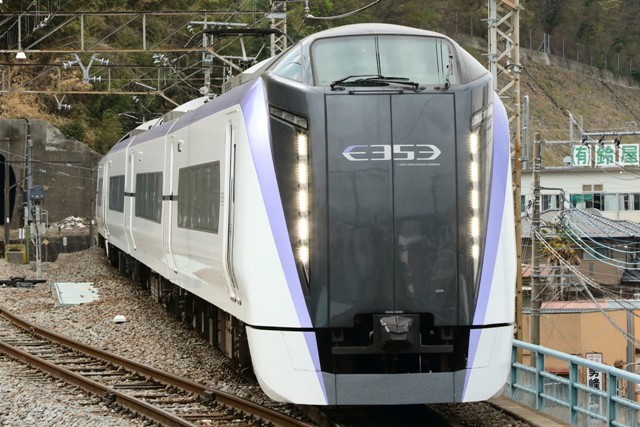 |
| Set 54 of the EMU Toei 10-300 series arrives at Sasazuka station on the Keio line |
My blog recently had its tenth anniversary. I thank all my blog readers for visiting this website over the last ten years. I receive many emails from my blog readers, but sorry, I can't reply enough, because I still have lots of work to do. Please wait until I can make time. In Japan, there is the saying, "Ten years ago seems like ancient history". As this implies, if you review my posts of the year 2011, you will find many trains, which had already been retired from the tracks.
In commemoration of the tenth anniversary, I'm going to show you a railway line with the number "10" in the name.Subway Line 10 in Tokyo is generally called the Toei-Shinjuku line. It's operated by the Transportation Bureau of Tokyo Metropolitan Government (Toei). The Toei-Shinjuku line was opened in 1978 as the 3rd Toei's subway route. Connecting Shinjuku and Motoyawata, the total operating length is 23.5 kilometers. The trains are directly operated onto the Keio line via Shinjuku station. 790,000 passengers take this route each day. To operate this urban trunk line, three kinds of trains are commissioned. They are the EMU Toei 10-300, the Keio 5000 and the Keio 9000 series.
Where do you see Subway Line 10 in the next 10 years? I predict that a gorgeous train will be operated between Toei's Motoyawata and Keio's Hashimoto stations. This train will transport interline passengers to the Tokaido magnetic levitation railway being constructed by JR Central.
 |
| Set 45 of the EMU Toei 10-300 series travels on the Toei-Shinjuku line |











